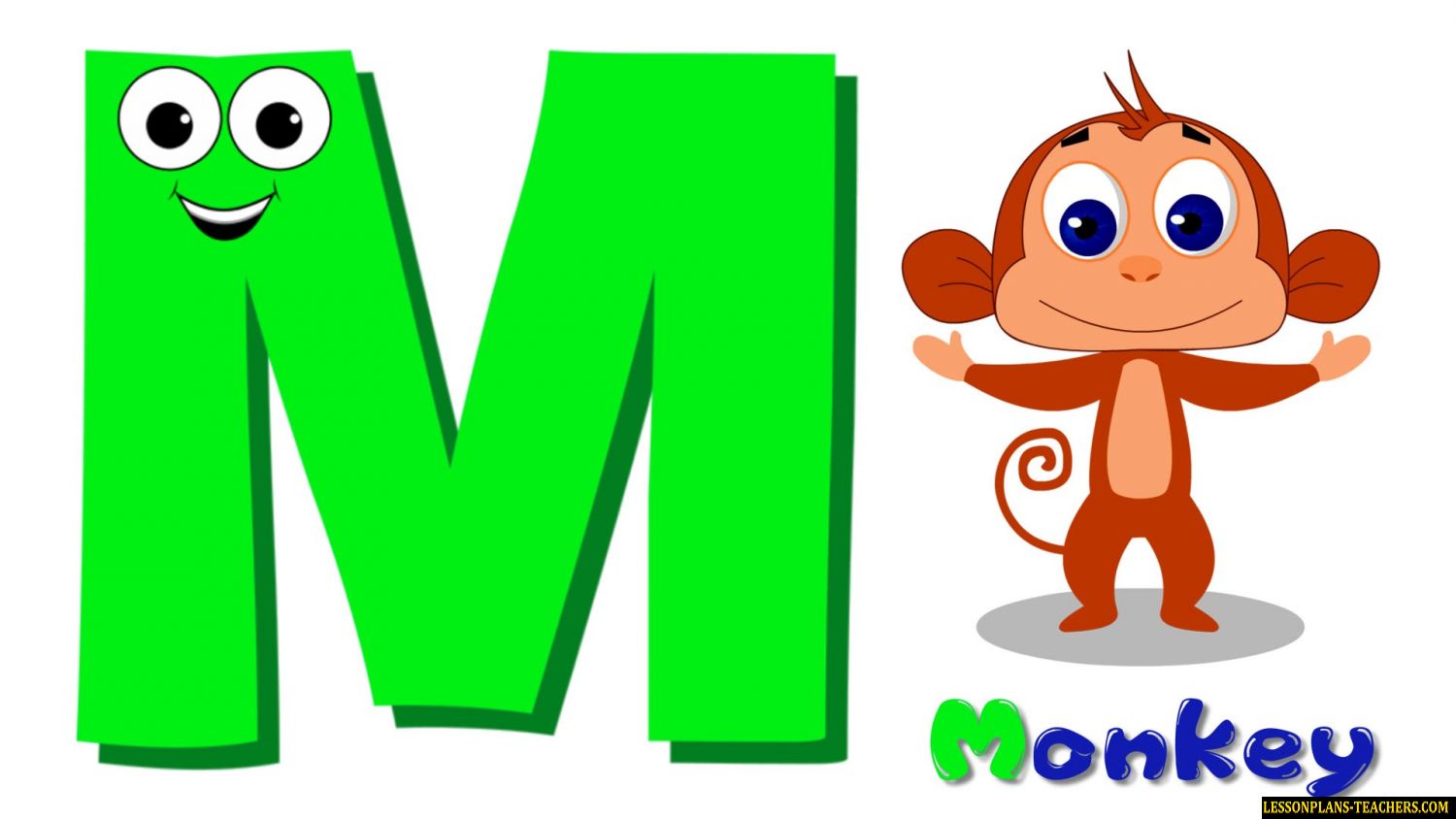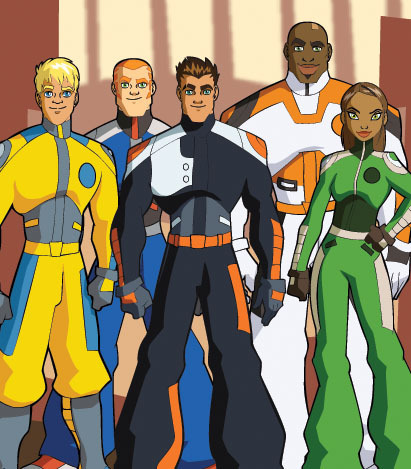

His bizarre turn of mind has produced some of the weirdest and funniest cartoons of his generation. When it comes to a unique take on practically any subject, no one beats Edward Steed. The compositional choices, in-cluding the high angle and deep perspective, reflect Ziegler’s talent as a draftsman. A lovely line of trees separates these two worlds. This artist lives in his own world, apart from the grim reality that the average Joe faces. Talk about rubbing it in …Ĭount on Jack Ziegler to come up with a cartoon depicting an entirely unlikely confrontation between an artist and member of the general public. Even though the artist is not depicted, the cartoon is clearly directed at the multitudes of envious and unrecognized artists. The artist is again the subject of a cartoon by Michael Crawford.

This painful lesson is learned at a young age, as revealed in this classroom cartoon by Danny Shanahan. The line is a cliché put-down on modern art, but takes on special meaning when delivered by a clown.Īrtists who exhibit their work must be able to withstand not only potential public indifference or even scorn but also the verdict of the art critic-and everyone’s a critic. An unusual patron contemplates one of Jeff Koons’ enormous stainless steel balloon dog sculptures. The museum-goer as amateur art critic is the theme of Jason Adam Katzenstein’s cartoon. Handelsman, with a wonderful caption that includes the apologetic “we’re sorry to say” and lands on the unexpected “pure trash.” Museum-goers often rely on experts to explain the art, pontificating on what the artist intended, how the brushwork and colors express that intent, how the art fits in historical context, and so on. In a 1964 Barney Tobey cartoon, a child asks a perfectly reasonable question after coming upon Henri Rousseau’s mysteriously evocative “The Sleeping Gypsy.” The simple caption, so matter-of-fact, cannot be improved upon. These cartoons are usually set in art museums or the artist’s studio. Other cartoons rely on an observer’s reaction to the art. Stylized versions of The Thinker and The Scream communicate with each other in Marcelo Rampazzo’s cartoon, yet another example of depicting the subjects of the artwork as having thoughts and feelings. In a cartoon by Phil Witte, co-author of Anatomy of a Cartoon, Munch himself imagines to his horror that his masterpiece could become a prop of pop culture. Painted in 1893, it speaks to viewers today as it did more than a century ago, which may explain why it pops up in various forms on modern commercial products. The cartoon cleverly combines The Thinker with another of Rodin’s sculptures, “The Kiss.” It’s a perfect New Yorker cartoon, in that it assumes the viewer possesses a certain level of cultural sophistication while it playfully mocks high art.Įdvard Munch’s “The Scream” depicts existential anxiety as perhaps no other work of art does. First up is Auguste Rodin’s most famous work, commonly known as “The Thinker”-a title which begs the question, “Thinking about what?” Pat Byrnes has one answer:īob Mankoff’s cartoon implies that The Thinker is not considering anything so deep as the state of man-kind. We’ll consider a few masterpieces that have received cartoon treatment. By making serious art the subject of humor, the cartoonist serves as a cultural critic, making fun of the whole idea of high art.Ĭertain works of art are so ingrained in the public’s imagination that they can appear in cartoon form and still be recognized. This week our intrepid critics take a look at the art of cartoons.Ĭartoonists are artists, so cartoons about art and artists come naturally to them.

Cartoon critics Phil Witte and Rex Hesner look behind gags to debate what makes a cartoon tick.


 0 kommentar(er)
0 kommentar(er)
